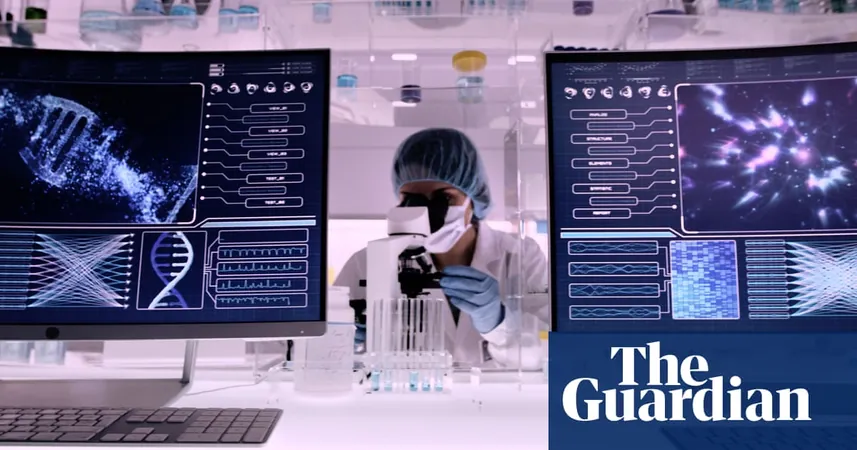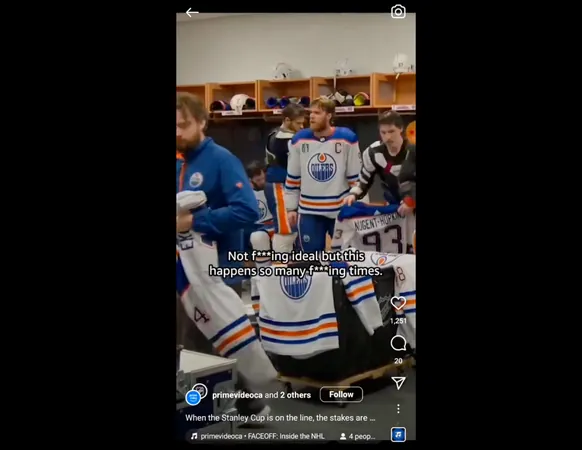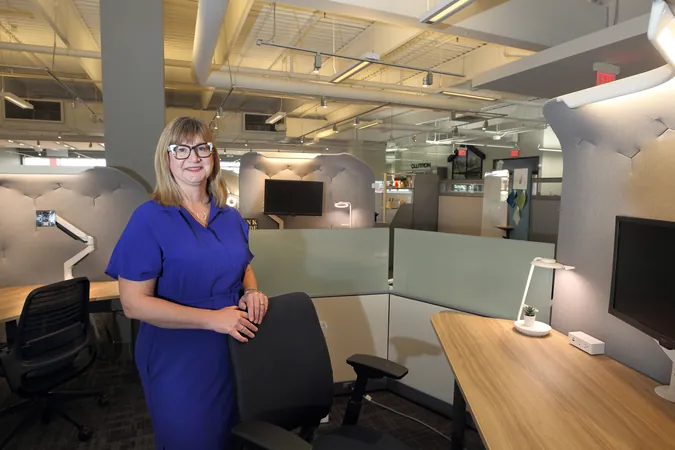
Google Unveils Groundbreaking AI for Voice Restoration – A Lifeline for the Voiceless!
2024-10-01
Introduction
Google Research has made a monumental leap in artificial intelligence with the development of a pioneering zero-shot voice transfer (VT) model. This cutting-edge technology has the potential to transform the lives of individuals who have lost their ability to speak, particularly those battling debilitating conditions like Parkinson's disease or ALS. By utilizing this advanced text-to-speech (TTS) model, users can now regain their original voice, bringing comfort and familiarity back into their lives.
Key Features of the Voice Transfer Model
One of the standout features of this revolutionary VT model is its ability to function in a zero-shot capacity, requiring only a brief audio sample from the individual—a mere few seconds. This is a remarkable advantage for those who may not have preserved a collection of voice recordings before their condition worsened. The model works by employing a sophisticated speaker-encoder that analyzes the spectrogram of the audio to create a unique vector representation of the voice. This representation is then seamlessly integrated into Google's modular TTS system, allowing the technology to produce speech in various languages, even if the individual did not speak them fluently.
Expert Remarks
Richard Cave, a prominent speech therapist, praised the development on social media platform X, expressing enthusiasm for the project’s implications: "This is a stunning example of the future of synthetic speech—a heartening application of technology!"
Multilingual Capabilities
In addition to its innovative nature, this voice transfer model is built upon a robust TTS system trained using multilingual data derived from various sources, including text-only datasets and untranscribed speech. Impressively, the system can generate speech in more than 100 languages, making it a universally beneficial tool.
Experimental Findings
Experimental findings showcased the effectiveness of Google's VT model, with human judges tasked with distinguishing between authentic human speech and audio synthesized by the model. Surprisingly, judges identified the samples as originating from the same speaker 76% of the time. When examining pairs containing English reference speech and generated speech in a different language, the accuracy was still an impressive 73%.
Evolution of Voice Transfer Technology
The development of AI-driven voice transfer is rapidly evolving, with several notable advancements in 2023—including Microsoft's VALL-E, which can replicate a voice after only three seconds of audio; Meta's Voicebox, capable of producing multilingual speech and editing audio; and Google's own AudioPaLM, which integrates TTS, automated speech recognition (ASR), and speech-to-speech translation (S2ST).
Ethical Considerations
However, with great power comes great responsibility. The ability of AI to clone voices raises valid concerns regarding potential misuse. To combat this, Google has incorporated audio watermarking into their VT model—an ingenious measure that embeds imperceptible information within the synthesized audio, enabling easy detection by specialized software.
Conclusion
In a world where voices can be lost but technology strives to give them back, Google's Voice Transfer AI could very well be a game-changer, restoring not just speech, but the essence of personal identity. Stay tuned to see how this innovation will transform lives!









 Brasil (PT)
Brasil (PT)
 Canada (EN)
Canada (EN)
 Chile (ES)
Chile (ES)
 España (ES)
España (ES)
 France (FR)
France (FR)
 Hong Kong (EN)
Hong Kong (EN)
 Italia (IT)
Italia (IT)
 日本 (JA)
日本 (JA)
 Magyarország (HU)
Magyarország (HU)
 Norge (NO)
Norge (NO)
 Polska (PL)
Polska (PL)
 Schweiz (DE)
Schweiz (DE)
 Singapore (EN)
Singapore (EN)
 Sverige (SV)
Sverige (SV)
 Suomi (FI)
Suomi (FI)
 Türkiye (TR)
Türkiye (TR)